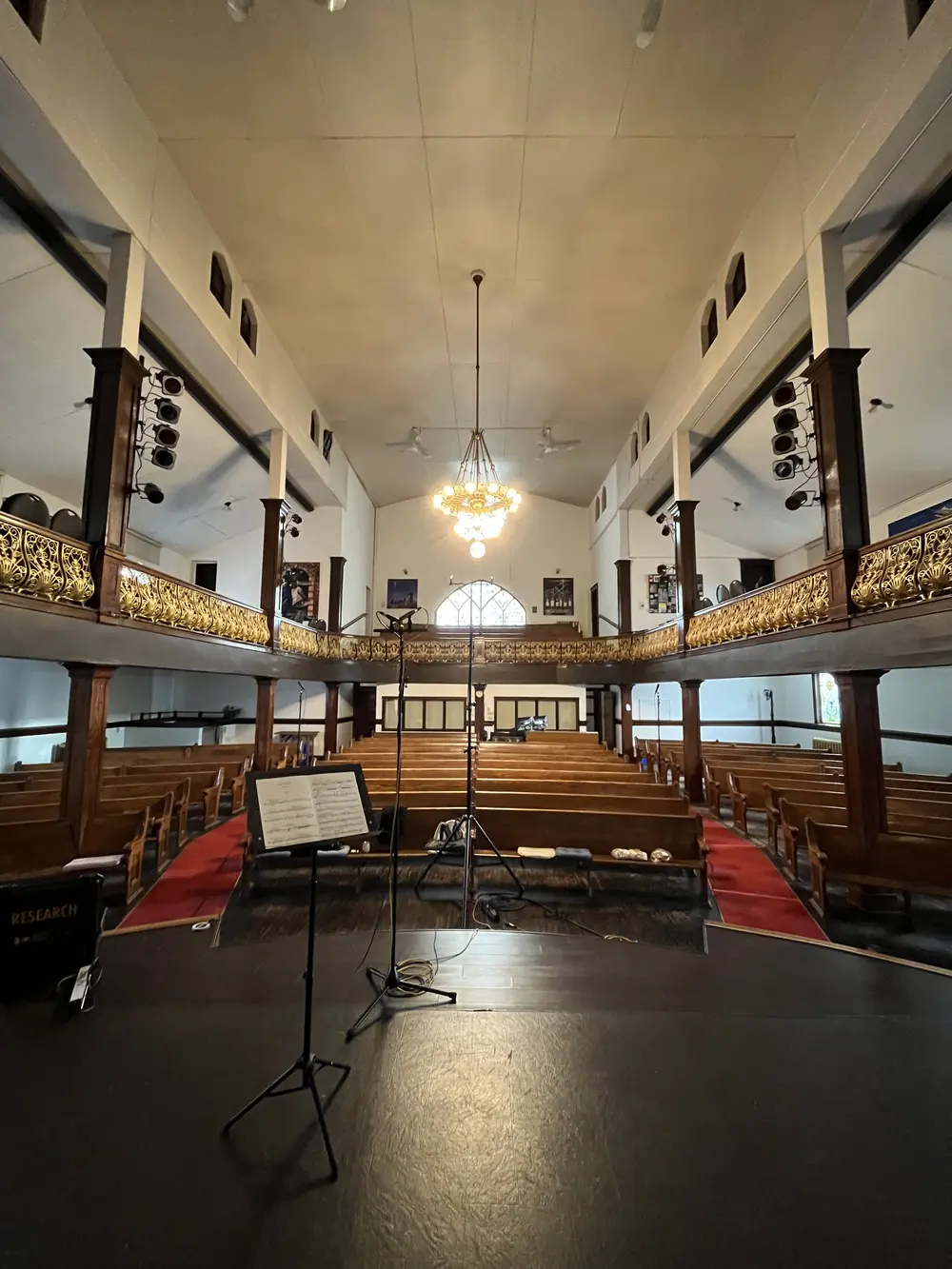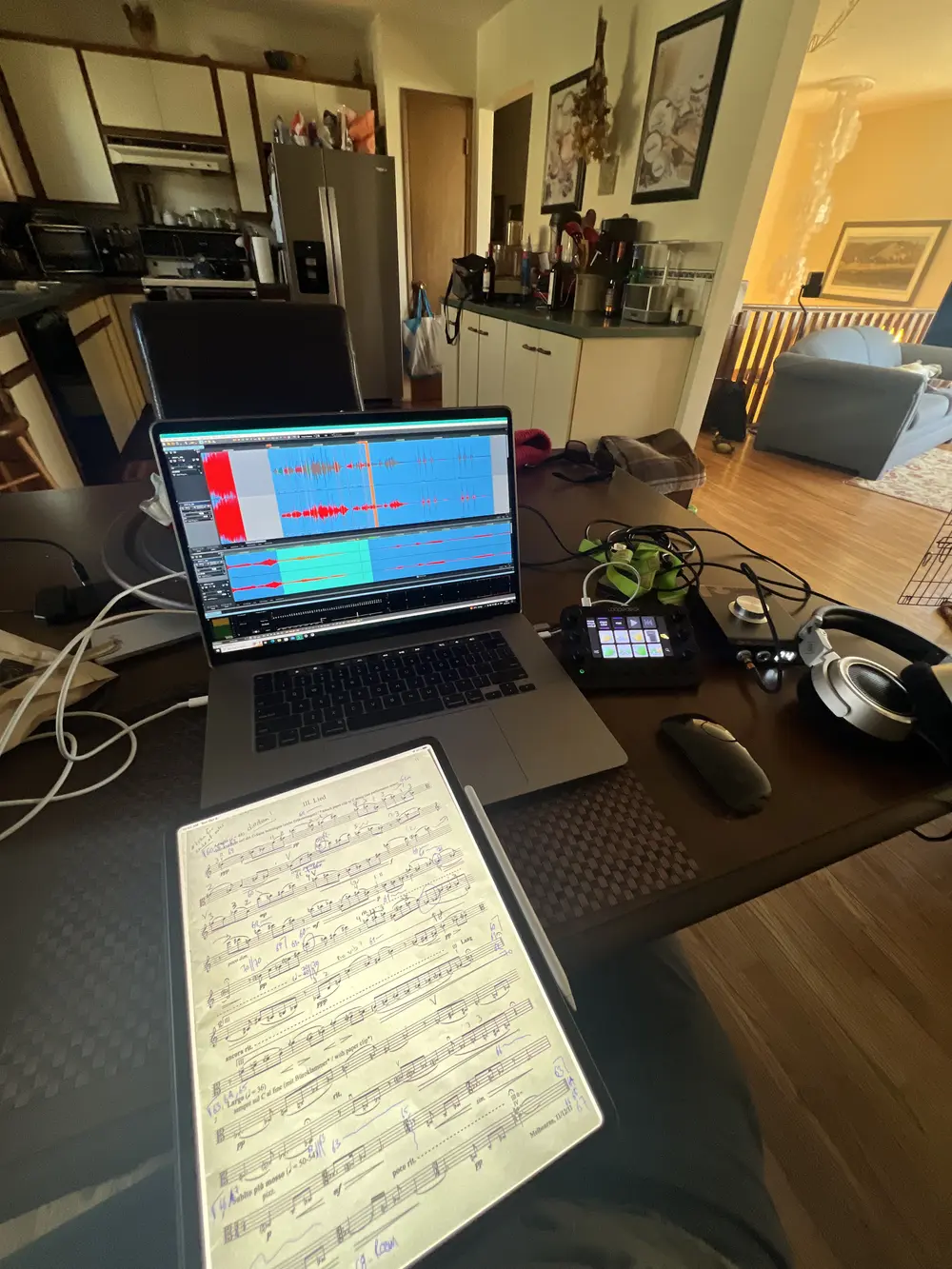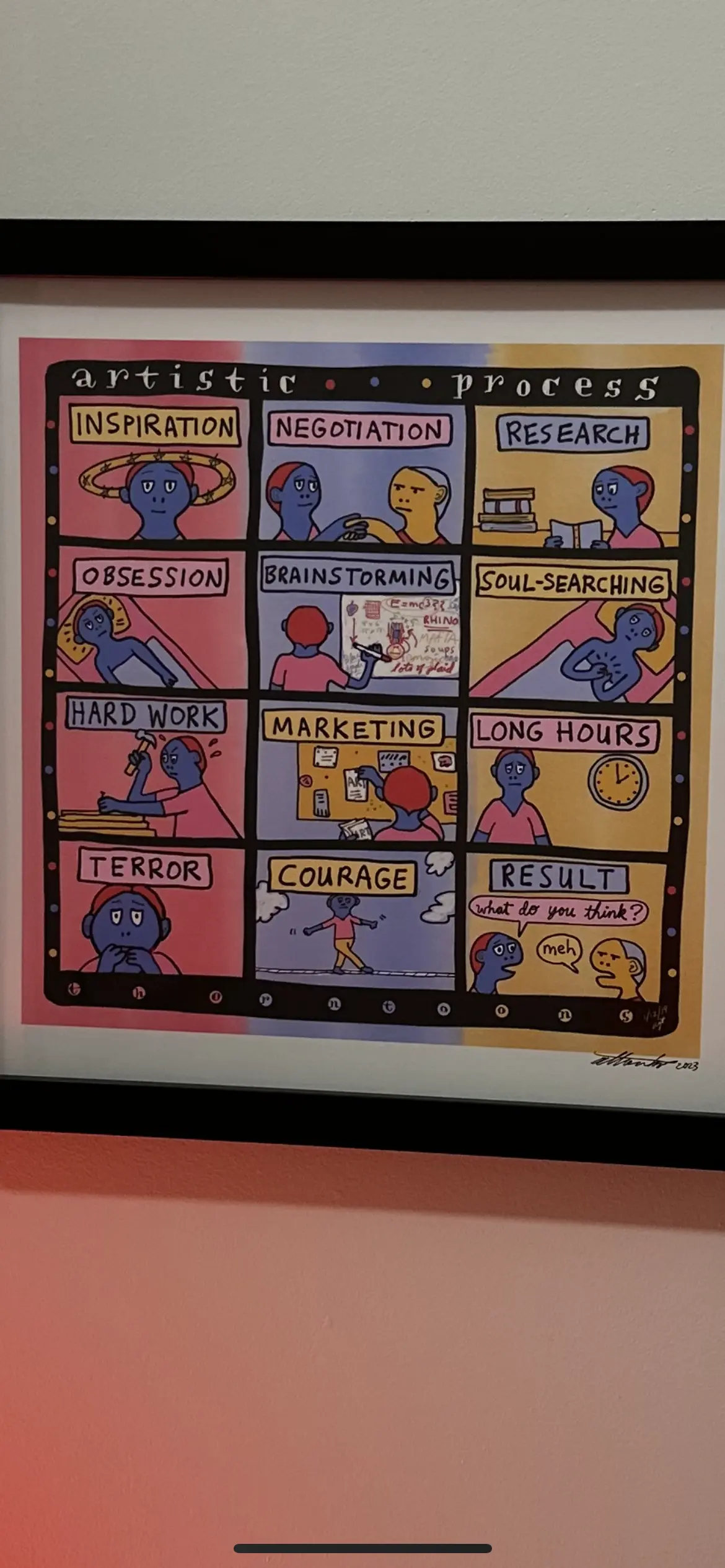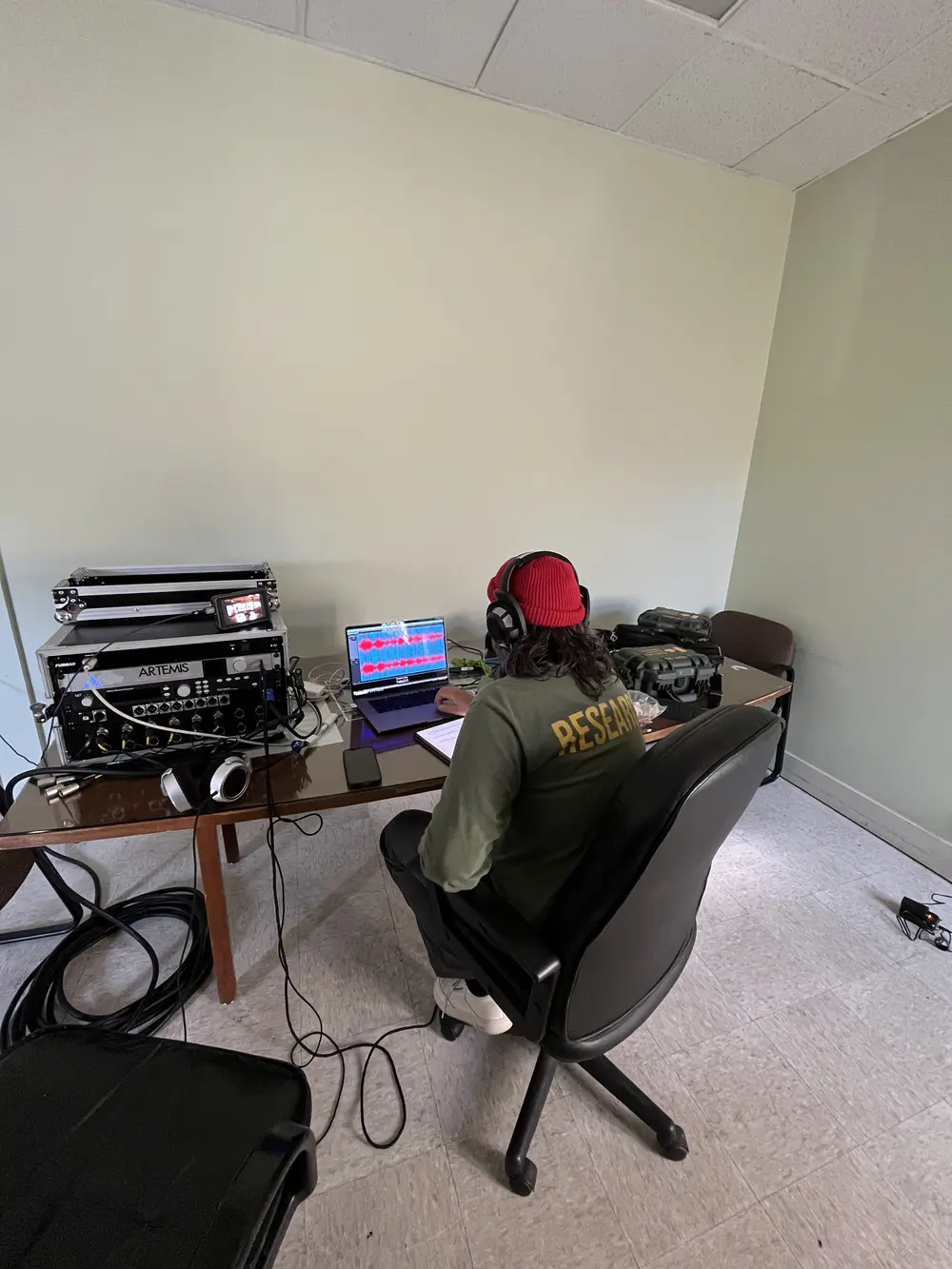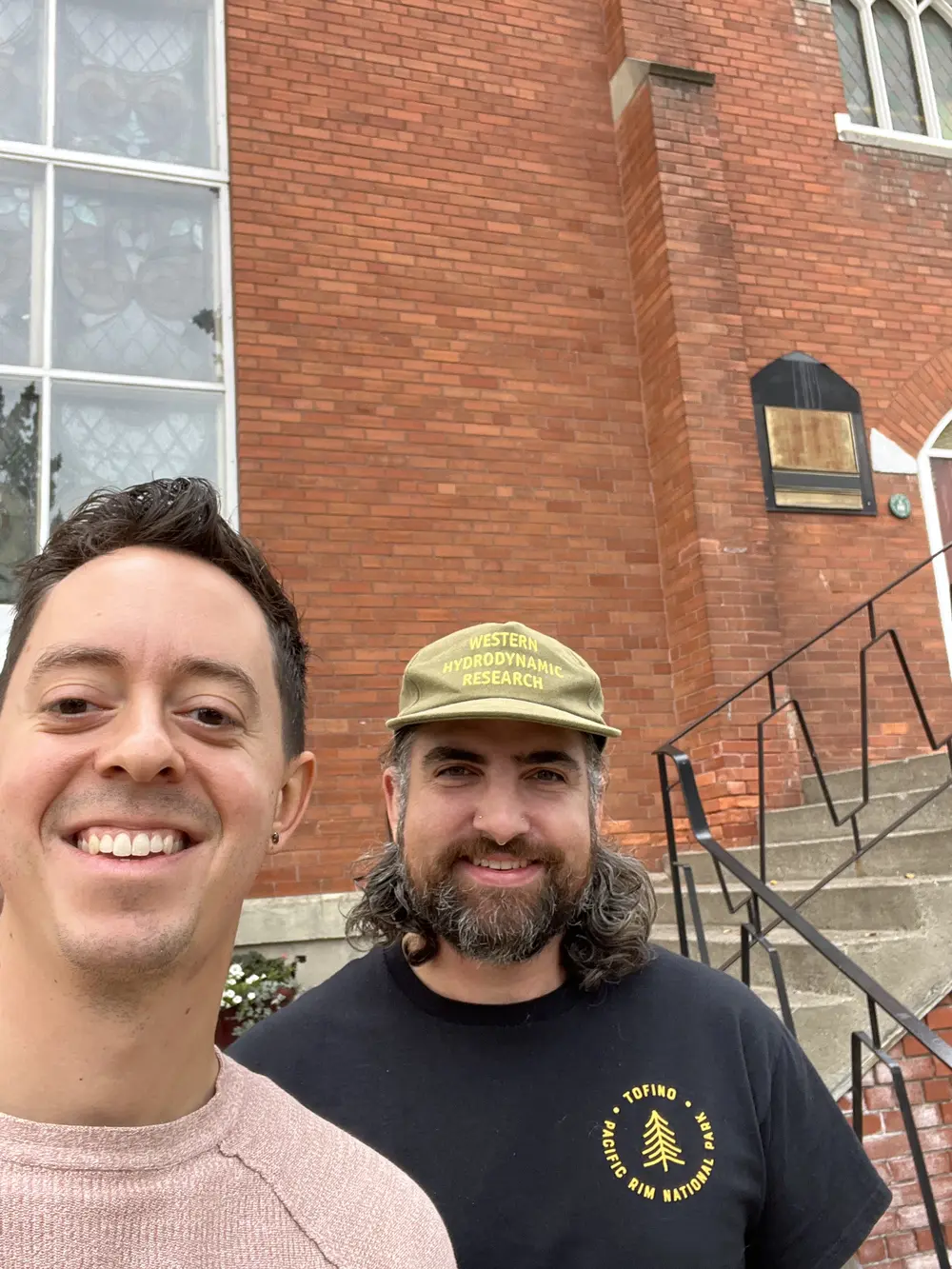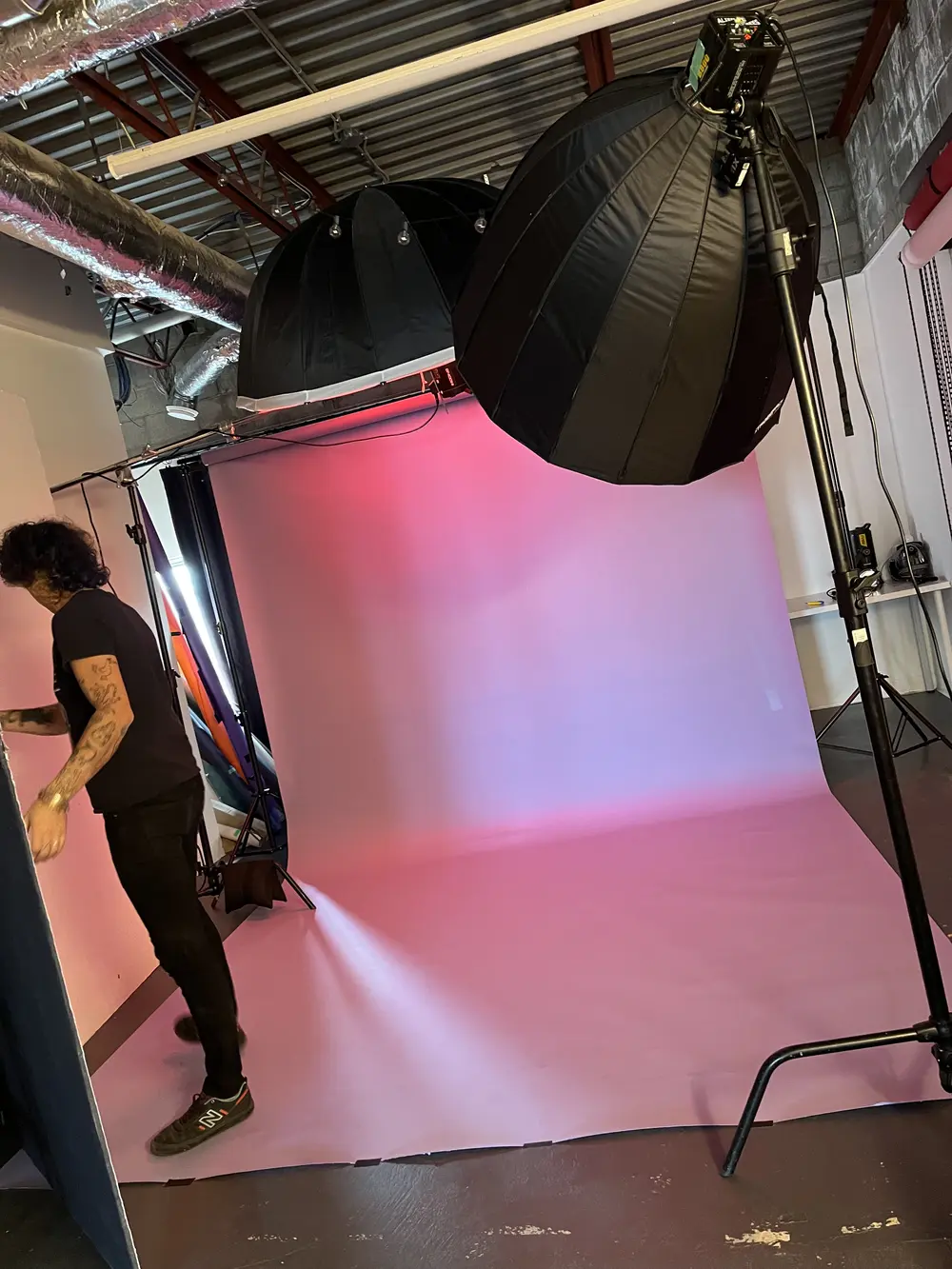New Album "Transitions"
When the world shut down in 2020, I found myself dreaming about a recording project that would showcase composers that are dear to me, and capture what it felt like to be removed from everything.Read more
When the world shut down in 2020, I found myself dreaming about a recording project that would showcase composers that are dear to me, and capture what it felt like to be removed from everything. I wanted this project to push me further than anything I had done before—to challenge me not just technically, but emotionally and artistically. The pieces I chose are by composers who have shaped me deeply, whose music has echoed through the most formative moments of my career. I was drawn to works that resonated with the strange stillness and solitude I felt while confined to my apartment in Calgary, Alberta—days, weeks, and months spent staring out at snow-covered trees and the cold wind sweeping past my windows.
The album is called Transitions, a title that speaks not only to the vast expressive palette of the viola, but also to the emotional and stylistic range of the music itself. These pieces move through contrasting characters and sound worlds, revealing the instrument’s incredible ability to shift, transform, and speak across time.
I'm especially honoured to present the debut recordings of Derek David’s Partita for Solo Viola and Brett Dean’s Skizzen für Siegbert (2011). Through this album, I hope to draw a thread between baroque and contemporary classical music—highlighting their shared language of gesture, form, and rhythmic vitality. It’s a conversation between past and present, expressed through an instrument that continues to surprise me with its voice.
Brett Dean on his piece "Skizzen"
Skizzen für Siegbert was commissioned by Hartmut Rohde for the 2012 International Max Rostal Competition through the generous financial support of the Forberg-Schneider Foundation. It was premiered in Berlin on 26th March, 2012 as the compulsory work of the opening round of the Max Rostal Viola Competition.The very first time I ever played in the viola section of the Berlin Philharmonic Orchestra, I was lucky to sit at the same desk as the long-standing and warmly respected Philharmonic violist, Siegbert Ueberschaer. Already in the opening bars of Dvorak’s Stabat Mater I fell foul of the legendary late response time of the orchestra and came in right on the downbeat - as years of orchestral training in Australia had taught me. Siegbert kindly, knowingly, looked at me and said, “Just play with me, breathe with me, as if we were playing chamber music." Siegbert’s guiding hand and subtle yet compelling body language while playing helped me recognize something fundamental about the orchestra’s very particular mechanics and an enduring friendship followed, imbued with his generous spirit and good humour. Siegbert Ueberschaer passed away in 2011. As this work was commissioned as the set-piece for a viola competition, I endeavored to write a work that fulfilled a dual purpose: of both honouring Siegbert’s memory with music for his (and my) beloved instrument while at the same time providing a suitable test piece for an ambitious group of gifted young viola players. Its outer movements, reflective and lamentoso in character, therefore bookend a centrally placed, virtuosic moto perpetuo movement of unrelenting drive.
Derek David on his piece "Partita"
Written in adoration of the solo instrumental works of Johann Sebastian Bach, the Partita explores personal themes of friendship, love & devotion, alienation & longing, mental illness & tragedy within a specific period of my life.
The music encompasses these ideas yet also their effect on the surrounding reality; as in this case, I capture the slow chaotic decay of a loved one’s descent into mental illness and its collision with other elements of my life at that time. Written in a traditional Partita form – Prelude, Allemande, Courante, Sarabande, and Gigue – the composition aims to reflect extreme scenes and emotions through this long-form structure: reflecting one’s psychological deterioration and eventual loss of reality. This narrative, however, is not self-contained, as my personal emotions, reactions, and memories from that time cloud and reconfigure the music.
In addition to the clear influence of Bach’s repertoire, the structure and processes of the composition is deeply rooted in the concepts, techniques, and pedagogy of Partimento, the 18th-century practice of schematic cognitive mapping for counterpoint and harmony. Serving as a structural template for the other movements, the Prelude establishes the contrapuntal and harmonic ideas that are played out in each movement, with varied treatments and variation, to express both the dance form and the emotional narrative of the piece.
